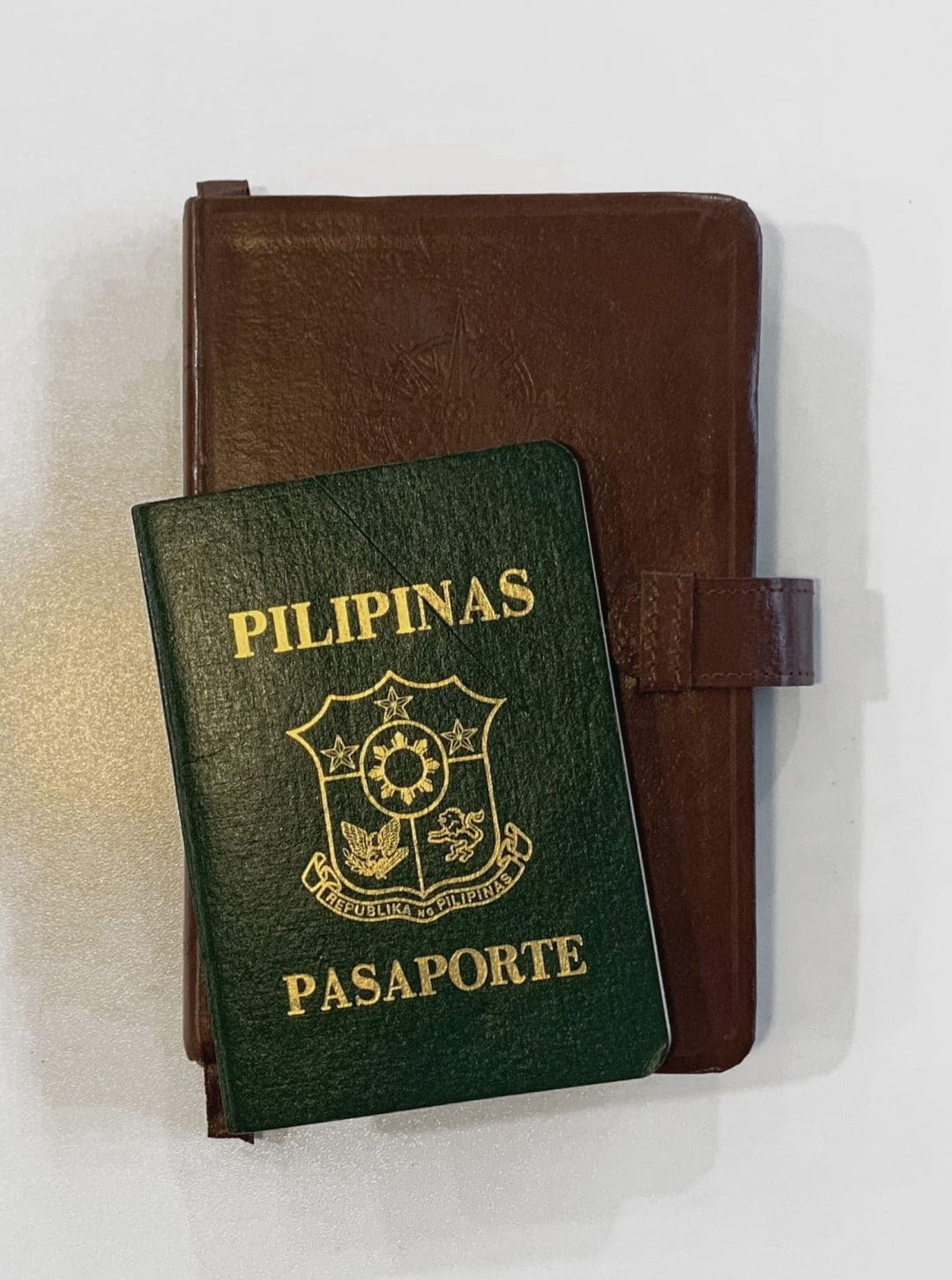On 24 January some 21 years ago, I arrived in Madrid to receive my much sought-after scholarship to continue my architecture studies. I had been preparing for two years, taking classes in Spanish language and culture to better tackle the months of the Master’s that awaited me. For the first time I would have to deal with the experience alone, without the family and social circle I always had alongside me. I had intended to return to Manila after completing my studies and resume a career that looked promising. But events took an unexpected turn. My dreams of setting up a studio specialising in architectural restoration in my home city were questioned by what I experienced, breathed and learned in a very different context—more critical, free and culturally active—to that in which I was raised; and above all, from my stay in a contemporary art museum with another scholarship in cultural management after I obtained my Master’s in Architectural Restoration.
I still have a diary from my earliest years in Spain. Rereading it makes me relive my first contact with the world of art and museums. I have compiled a few extracts from the thoughts of that young girl who was still thinking in English.
27 October 1999
Two naked men atop a table… their legs hanging in the air… immobile… a cold space… perspective… almost infinity. It was the kind of art that made you ponder. Then reality… a dissection of sound… visions of everyday life that provoke the mind and the senses.
This is my first immersion into contemporary art. I couldn’t seem to have a grasp at it, but I wish to be exposed more everyday. I yearn to understand, and I know I have yet a long way to go.
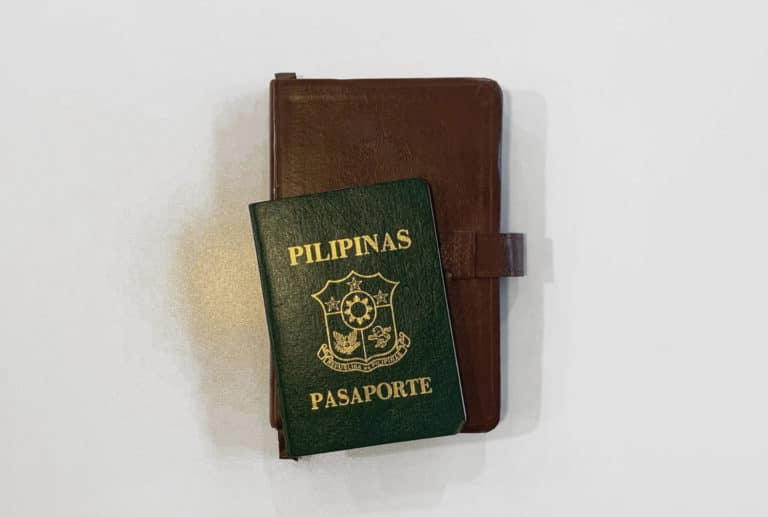
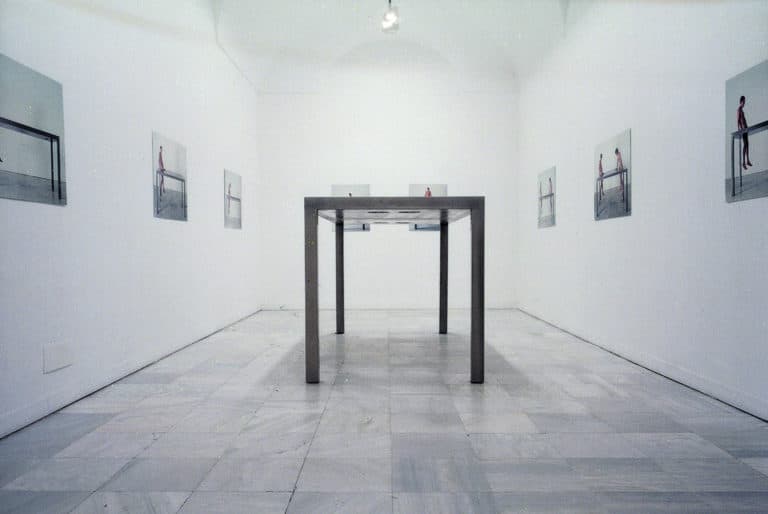
Visit to the exhibition Inmóviles, Javier Codesal (1999). Photo: Jaime López
It was a Javier Codesal exhibition at Espacio Uno in the Reina Sofía that first introduced me to contemporary art. I hadn’t seen many contemporary art exhibitions before, but I was steeped in classical art. I would spend hours in the Prado and the Thyssen, contemplating the masterpieces that were only accessible to me before through books, and I felt deeply fortunate to have the opportunity to see them in person.
I didn’t understand what Javier Codesal was trying to say with this kind of oversized surgical table with two pairs of openings on its cold surface. I didn’t understand the accompanying photographs that showed the fruitless attempts of two men to establish contact. I read the information sheet, but I struggled to make sense of it. I wasn’t familiar with this language, these forms of representation, but I assumed I needed to see more to understand, read more to comprehend.
Soon after, coincidentally, I found myself on work experience at Espacio Unio in the Reina Sofía. Perhaps they assigned me to this department by mistake, but where I had the opportunity over the following nine months to immerse myself in this world—a world to discover—and with the privilege of being surrounded by the artists themselves, curators, historians and managers.
22 December 1999
I feel that I have fallen in love with Spain, with contemporary art, with the Museo Reina Sofía. It is hard for me to explain how lucky I am to have Rafa as a mentor. Perhaps he doesn’t realise it, but he has instilled in me a greater appreciation of contemporary art, and a deeper understanding of what used to be meaningless for me. It is his humble intelligence, brilliant mind and his easy, patient nature that I admire and thank him for. There is so much more that I would like to say but can’t express about my ‘jefe’ who refuses to be called such and puts me on an equal footing with himself.
My relationship with museums has a lot to do with my first mentor, Rafael Doctor, from whom I learned almost everything I know about contemporary art. Ever since I started working with him—first at the Reina Sofía and then at MUSAC—museums have been my second home and I see art as an essential part of my life.
For me, a museum is a multiple and living organism that challenges us with the questions it asks us, that shows us how to look from another perspective to obtain a broader, critical vision of the world. It’s a space where perhaps we can find answers to the questions we didn’t even know we had. To enter a museum is to enter a world of knowledge, history and stories. It might arouse feelings of astonishment, rejection or allure but these feelings are necessary to make us think and to excite us.
13 June 2000
I spent a few days in London with Rafa. We are organising an exhibition on Sam Taylor-Wood and had a meeting with her gallery and studio. Unfortunately, I did not get to meet the artist in person, but it was a very productive trip. It delights me to know how I can be so useful to Rafa after all. Speaking English has a lot of advantages. I also realised how my vision of space as an architect can help me in this field. I don’t really have to design houses or buildings in order to practice architecture.
On that trip to London, a multicultural city, I felt very comfortable. Speaking my mother tongue, encountering people from many different countries working on the same project made me realise how enriching an experience can be if it’s shared with people from different origins and backgrounds.
I consider myself a cosmopolitan, open person; and although I sometimes forget my condition as an immigrant and lose perspective of who I am (from neither here nor there, not totally Spanish, not totally Filipina), I never forget my roots or my origins. They remain part of me.
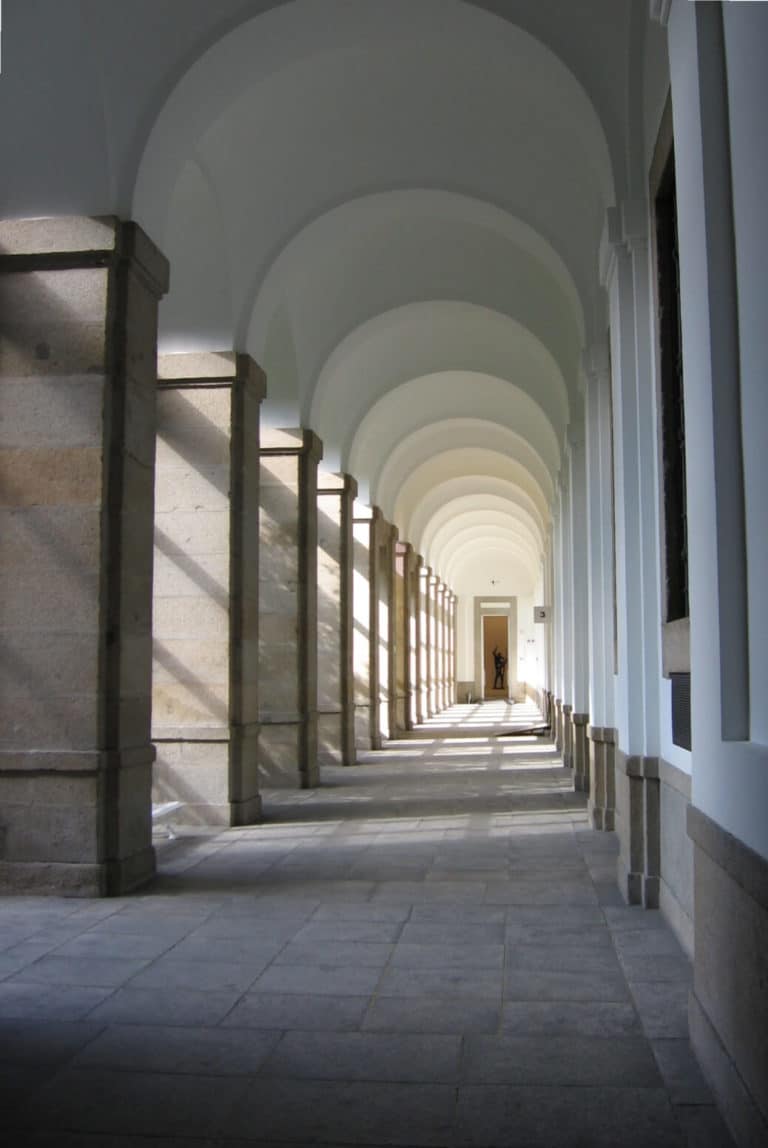
Museo Nacional Centro de Arte Reina Sofía
Foto: William Avery
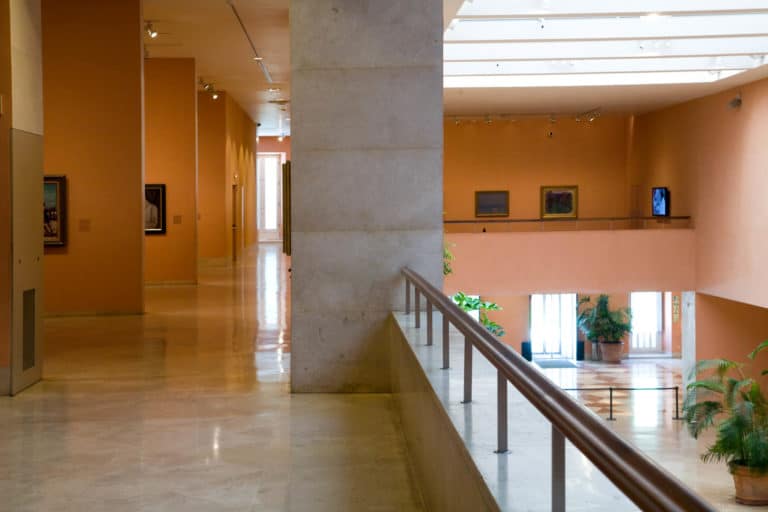
Museo Nacional Thyssen-Bornemisza
I believe that all immigrants are creators because they have to invent a new life in a distant land, sometimes in a different language. They remake themselves if necessary. I had no prior experience of coordinating exhibitions, but the background I had with my training and years of experience as an architect has helped over these years. Also, the wisdom I can contribute—a language or technical knowledge, as well as my eagerness to learn and an attitude of perseverance—have been essential to find my place in a world made for other profiles. But above all, I have used them to develop projects that motivated me. For example, the relationship between art and architecture. I’m satisfied to be able to say that my studies have not been in vain because I have found a niche that I’m passionate about and that I’d love to research further. In the Philippines, almost all my graduation colleagues are working in design and construction. They trained us to work in practical fields, but architects can also contribute more at a theoretical or intellectual level. Architecture can be done in museums, from the layout of exhibitions, in the development of facilities or even in research on artistic-architectural internships.
5 January 2003
Rafa called to wish me a happy birthday and to tell me about a new, exciting project. He was appointed director of a new museum in León and wanted me to join his team. I couldn’t believe he had thought about me! The prospect of creating a museum from scratch is very tempting… To be part of the founding team of MUSAC has been a challenge and privilege. The challenge was to build a museum from scratch, with a new approach. For it to be a “museum of the present”, which would break the rules of classical museology based on an accepted historiography and values set by the authors and the works. And the privilege was having the freedom to decide what kind of museum we wanted and how we wanted it to be. As Rafa says, “A museum can be many things in the same way that it can be of many things.”
15 March 2003
Reflections on the museum of the present:
What is the present?
What should the art museum of the 21st century be like?
How should an art collection of our time be approached?
At whom is modern art directed?
What disciplines make up the art of our time?
What is the role of the museum in society?
What is a museum beyond a collection?
What activities should a museum institution focussed on reflecting on the present time generate?
Can the historical perspective be ignored in the rethinking of the museum?
How can we respond to globalisation from a city isolated from large urban centres?
What strategies should be followed to involve audiences who are not familiar with contemporary art?
5 January 2003
Rafa called to wish me a happy birthday and to tell me about a new, exciting project. He was appointed director of a new museum in León and wanted me to join his team. I couldn’t believe he had thought about me! The prospect of creating a museum from scratch is very tempting… To be part of the founding team of MUSAC has been a challenge and privilege. The challenge was to build a museum from scratch, with a new approach. For it to be a “museum of the present”, which would break the rules of classical museology based on an accepted historiography and values set by the authors and the works. And the privilege was having the freedom to decide what kind of museum we wanted and how we wanted it to be. As Rafa says, “A museum can be many things in the same way that it can be of many things.”
15 March 2003
Reflections on the museum of the present:
What is the present?
What should the art museum of the 21st century be like?
How should an art collection of our time be approached?
At whom is modern art directed?
What disciplines make up the art of our time?
What is the role of the museum in society?
What is a museum beyond a collection?
What activities should a museum institution focussed on reflecting on the present time generate?
Can the historical perspective be ignored in the rethinking of the museum?
How can we respond to globalisation from a city isolated from large urban centres?
What strategies should be followed to involve audiences who are not familiar with contemporary art?
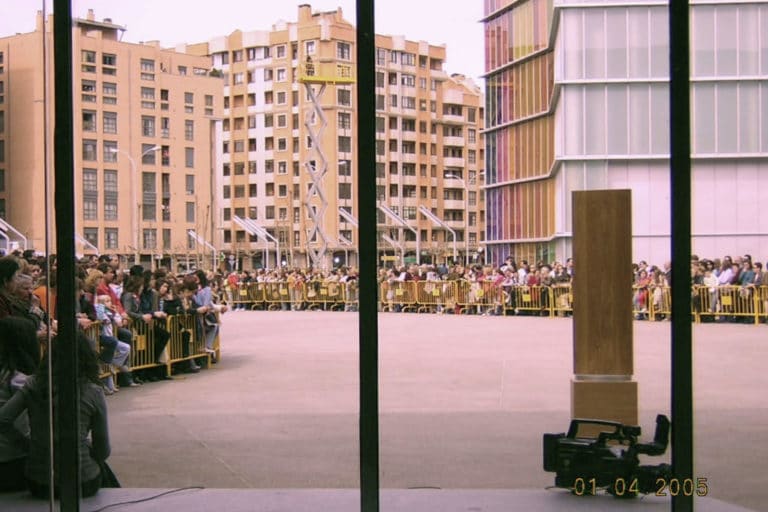
Inauguration of MUSAC. 1 April 2005.
These are the questions we’re asking ourselves from the outset with MUSAC. From there, we project what we want the museum to be. And we propose a museum based on a classic structure, with a collection, a programme of exhibitions and studies in relation to same: the three pillars of a museum that is committed to the present, that is, art that is produced in the same time that it is presented and collected.
We have made, or attempted to make, our ideal museum. A museum that provokes and excites at the same time; that facilitates an understanding of art; that challenges our preconceived ideas; that contributes new contents; that ensures equality and freedom; that is not only a place to view but a place to produce, discover, participate, encounter and learn.
1 de abril de 2020. Today we celebrate the 15th anniversary of MUSAC, each of us confined to our homes. The ambitious plans for this day cannot be delivered due to a pandemic. I had thought about planning a little gesture for my colleagues so I had a rummage through my files and photos from the early years of our adventure. I was a little sad and nostalgic remembering those early years when we put all our energy and passion into the creation of this museum. So many memorable moments and tough moments! Among my documents I found my notes for a conference that starts with plenty of questions, and it made me think about whether or not we had managed to answer them through our work.
I have grown at MUSAC but today I’m still thinking about those questions formulated 17 years ago and I still have no clear answers; and those I thought I was clear on are no longer so clear, because many things have changed and continue to do so; because many things we thought were certainties before have crumbled. Over these 17 years we have built a museum designed for our audiences but also for ourselves as an audience, because we’re also part of it. Every day we learn from experience and I think there is a lot more to do.
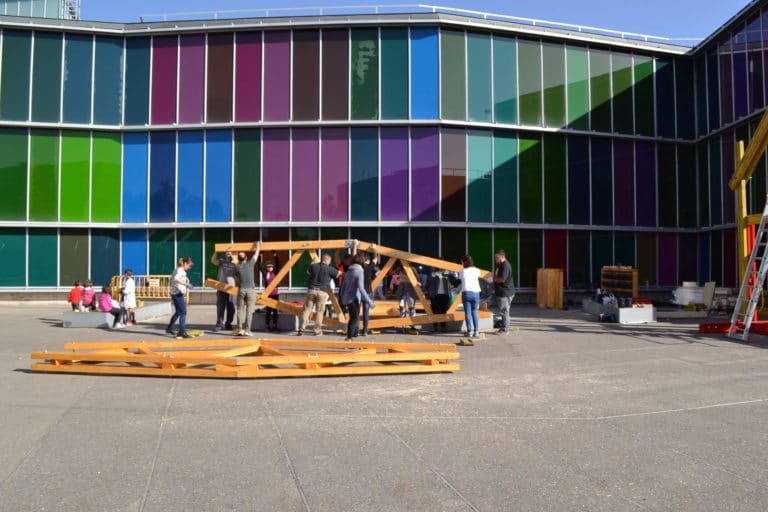
Assembly of an installation for the exhibition.
Urban Recipes. You are here.
25 September 2020
Wishlist for the museum:
I would like the museum to be multipurpose and multidisciplinary, for it to open its mind not only to the arts but to life in general and for it to be able to understand itself as an early experimentation laboratory.
I would like the museum to be another classroom for schools.
I would like the museum to always programme exhibitions and projects based on rigorous research, rather than banal, irrelevant projects.
I would like the museum to be a place of debate for collective thinking on current affairs, a space that fosters proximity and strengthens bonds in the society it serves so that everyone feels that it’s theirs.
I would like the museum to be committed socially and politically to the historic moment and to “place marginal stories at the centre to conceive other imagined futures”.
I would like the museum to move away from any temptation to do what’s cool, photogenic or spectacular, so that visitors encounter arguments and positions beyond the mere contemplation of individual works.
I would like the museum to collaborate more with other museums, sharing actions and developing joint projects.
I would like audiences to be more curious and restless, to participate actively in each project, but also to make proposals themselves.
I would like audiences to learn to better respect and appreciate the work of artists, curators, managers and other professionals and understand that a museum is not a form of consumption.
I would like to feel the involvement and support of public institutions again. And for them to avoid interferences, budget cuts and impediments; for them to accept experimentation and criticism in good faith.
In summary, I would like the museum to be an example of justice, sustainability and social commitment; and, moreover, for visitors to care for its workers and professionals, without differentiating between formulas of recruitment or employment.
25 September 2020
Wishlist for the museum:
I would like the museum to be multipurpose and multidisciplinary, for it to open its mind not only to the arts but to life in general and for it to be able to understand itself as an early experimentation laboratory.
I would like the museum to be another classroom for schools.
I would like the museum to always programme exhibitions and projects based on rigorous research, rather than banal, irrelevant projects.
I would like the museum to be a place of debate for collective thinking on current affairs, a space that fosters proximity and strengthens bonds in the society it serves so that everyone feels that it’s theirs.
I would like the museum to be committed socially and politically to the historic moment and to “place marginal stories at the centre to conceive other imagined futures”.
I would like the museum to move away from any temptation to do what’s cool, photogenic or spectacular, so that visitors encounter arguments and positions beyond the mere contemplation of individual works.
I would like the museum to collaborate more with other museums, sharing actions and developing joint projects.
I would like audiences to be more curious and restless, to participate actively in each project, but also to make proposals themselves.
I would like audiences to learn to better respect and appreciate the work of artists, curators, managers and other professionals and understand that a museum is not a form of consumption.
I would like to feel the involvement and support of public institutions again. And for them to avoid interferences, budget cuts and impediments; for them to accept experimentation and criticism in good faith.
In summary, I would like the museum to be an example of justice, sustainability and social commitment; and, moreover, for visitors to care for its workers and professionals, without differentiating between formulas of recruitment or employment.
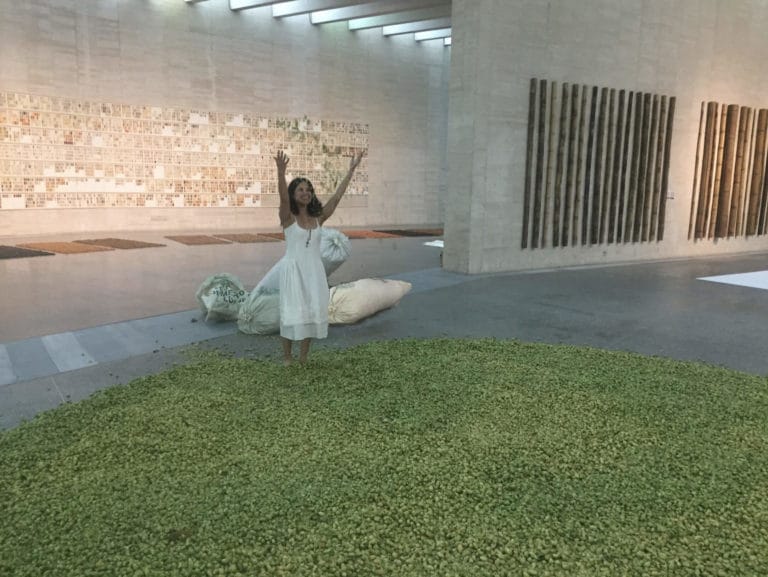
Assembly of the exhibition Herman de vries. chance & change.
Although it seems that almost 20 years’ experience is enough to say that I now know everything about working in museums, every day I encounter situations that make us rethink our old assumptions. The ICOM is rethinking the very definition of what a museum is because it increasingly acquires new functions, while it is also an institution “in the service of society and its development, and open to the public, which acquires, conserves, researches, communicates and exhibits, for purposes of study, education and enjoyment, material evidence of people and their environment”.
The world changes every day. Now, after all the museums have evolved, they have to look for another direction. The pandemic and its consequences have forced us to do so. And we have to observe, listen and together rethink this direction. From the museums we can contribute to this global debate using our own tools and networks. The museum should be in a constant process of evolution. And this is a good time to start again.
I come from a country where there are not as many museums as in Spain. Where history is of little importance and memory is easily manipulated. Where many still think that culture is a mere channel for folklore.
And that’s why I want to reclaim the prominent role of museums, not only as guardians of memory but also as drivers of knowledge, of criticism, of broader ways of looking that accommodate the diverse, the strange and the Other. Because art has the capacity to give us a dialectical perspective for looking at the world with different eyes. The fuller museums are, the more tolerance, more integration and more freedom. A society in which museums have more weight will not only be more cultured but more tolerant and more diverse, with citizens who are more difficult to manipulate and more critical. And that is what a society with equality for all looks like.
